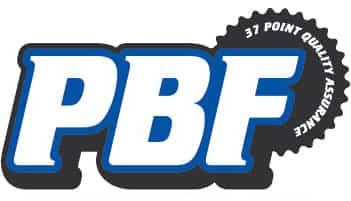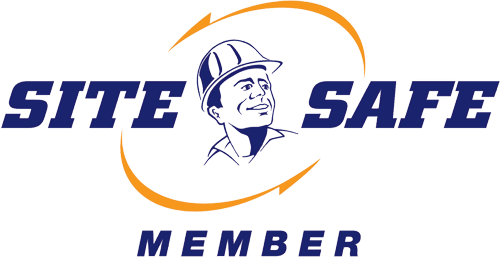A smooth surface is essential for a high-quality finish. One way to fix damaged or rough walls is through a process called wall skimming, most commonly needed because wallpaper has been stripped or because the original GIB® stopping wasn’t of acceptable quality.
Find out more about the process below.
Wallpaper stripping
You might choose to remove wallpaper yourself, or this can be included as part of the package when you hire PBF from Auckland. To strip wallpaper, you can remove the layers by wetting them and leaving the water to soak into the paper. A big wet sponge or wallpaper steamer will speed up this process. It’s preferable to wet each area several times to make the paper easier to remove. Then use a scraper to remove the wallpaper. Where possible, it’s best to remove the paper in big pieces to save time. If there are any stubborn layers that refuse to move, you can often leave them in place. Provided these layers are firmly stuck down, they’ll be stable enough to plaster over as long as the correct preparation procedures are followed.
Preparing walls or ceiling for skim coats
After a light sand to remove any debris, your specialist will apply a high-quality oil-based pigmented sealer (OBPS). This sealer is designed to bond with and stabilise the plasterboard, sealing in all old adhesives and preventing substances from leaching through and reacting once the skim coats have been applied. OBPS contains modified oils and is quite odorous during its application. Because of this, we recommend no-one enters the affected rooms during this process.
Wall skimming
Wall skimming involves applying thin layers of a substance called joint compound (also known as drywall compound) to make the wall smoother. The first coat is applied using a highly adhesive compound that’s stronger and harder than later coats. This provides a good base. The second skim coat is applied to the surface and particularly to any scratches, nail-holes or tears in the paper. After this coat, we’ll check to see whether any small holes (called pinholes) are present in the surface. If so, we’ll apply additional coats to the affected areas.
The final skim coats are applied using an air-drying compound and should cover the entire surface. Again, we will check for pinholes and cover these. The sanding process includes ‘light checks’, where we use a 500w halogen floodlight to highlight areas that don’t meet our quality standards. It’s not uncommon for pinholes to appear after the final sand. In this case, it is most effective to seal the entire area. We can then touch up pinholes without causing plaster demarcation lines.
Steel slimlines to external corners
Metal trims, called slimlines, are used to reinforce corners and create a high-quality finish. Your GIB® stopper will fit steel slimlines to any external corners (corners protruding into the room). These are designed to give the corner a sharper square look, rather than a rounded appearance or the old-fashioned look of timber corner beads.
Re-enforcing the joins to prevent cracking
To protect the plastered surface from cracking in the long term, our specialists use paper-based, perforated re-enforcing tape. This is applied using highly adhesive plasters to ensure a strong bond. We strongly recommend you avoid using fibre re-enforcing tape. Many GIB® stoppers and most painters do use fibre tape to reduce the cost of labour or because they lack the skill to use perforated paper tape in certain situations. However, fibre tape is clearly inferior and the failure rate is very high. Its use is against New Zealand standards and board supplier guidelines.
Paper tape to redefine and re-enforce internal corners
We often use paper re-enforcing tape to create a defined line in internal corners. This strengthens corners and improves the visual appeal of the room.
Where plasterboard or framing is significantly out of line we may also straighten the line to minimise the appearance of such a defect. In some older homes, internal corners are covered by round corner beads. These should be removed before our GIB® stoppers begin work.
Preparing for GIB® stopping
Before your GIB® stopper arrives please clear the area as follows:
- Remove electronic equipment from the rooms to prevent dust damage
- Remove ornaments, wall hangings and small items from the room
- Large furniture may stay, provided it is placed in the centre of the room
- Cover furniture with sheets to protect against dust
- Provide us with access to the entire area at one time because breaking the job into smaller sections increases the total man hours needed to complete your job
Timeframe
Skimming work is time consuming. It can take a stopper three to four times as many hours to skim a wall as it would take to do the GIB® stopping on the same wall from new. Even a small wall skimming job requires multiple visits because of the layers required.
Typical timeframes for skim coating walls range from one week for a single room, to one-and-a-half weeks for a team of two to complete half a house or more. These timeframes allow for drying time.
Wall straightness
Older homes often have framing deviations that mean the walls aren’t straight. The skimming process provides a smooth surface in terms of texture. However, wall skimming does not create straight walls (even relining may not rectify framing deviations). But if there is a specific curve that’s very noticeable because of its shape or proximity to a straight object, we can feather this out to minimise its appearance.



